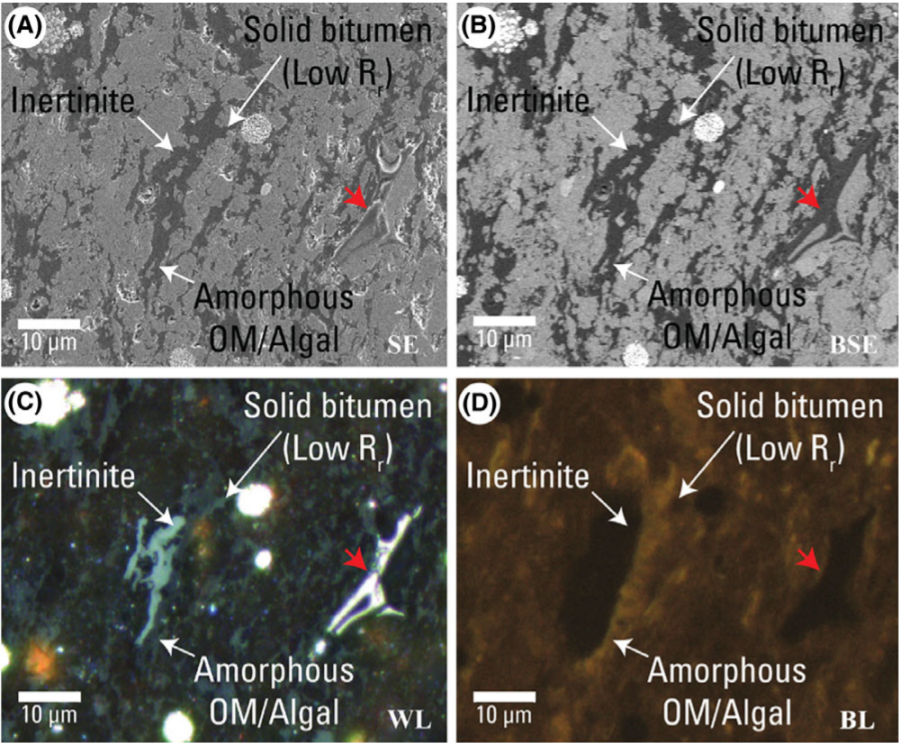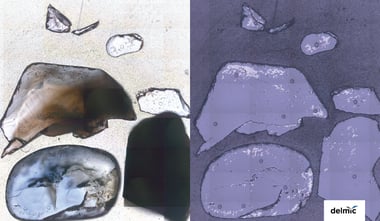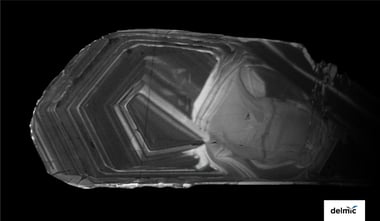Correlative microscopy approach is being used worldwide for cancer research, in marine biology, neuroscience, and cell biology. Recently this technique has also been applied in the field of geology to gain an insight into the sedimentary organic matter in geological materials.
If you think the integrated correlative light and electron microscopy might be a new approach of your research and you would like to learn more about this, check the presentation below:
In a recent publication, the unique iCLEM system was used by USGS to conduct a study with observations from an immature lacustrine oil shale from the Eocene Green River Mahogany Zone and mid-oil window paralic shale from the Upper Cretaceous Tuscaloosa Group. The results show that this technique has the potential to identify and characterize organic matter types and thermal regime, in which organic nanoporosity forms [1].
The data about organic matter can easily be obtained with a high-resolution scanning electron microscope (SEM), but the researchers cannot use the SEM alone to differentiate the types of organic matter such as kerogen versus solid bitumen. However, fluorescence microscopy provides conclusive data to help with the identification of organic matter in shale hydrocarbon reservoirs [2]. By combining the two techniques in one microscope, geologists can acquire more data without concerning about time-consuming sample mapping, difficulties in field relocation or sample damage during transfer [3].
Please visit our resource library and our product SECOM using integrated CLEM if you would like to know more about correlative light and electron microscopy.
Reference
[1]Hackley, P.C. et al (2016). Utilization of integrated correlative light and electron microscopy (iCLEM) for imaging sedimentary organic matter. Journal of Microscopy. 267: 1–13.
[2] Timmermans, F.J. & Otto, C. (2015) Contributed review: review of integrated correlative light and electron microscopy. Rev. Sci. Instrum. 86: 011501.
[3] Hackley, P.C. & Cardott, B.J. (2016) Application of organic petrography in North American shale petroleum systems: a review. Int. J. Coal Geol.163: 8–51.




